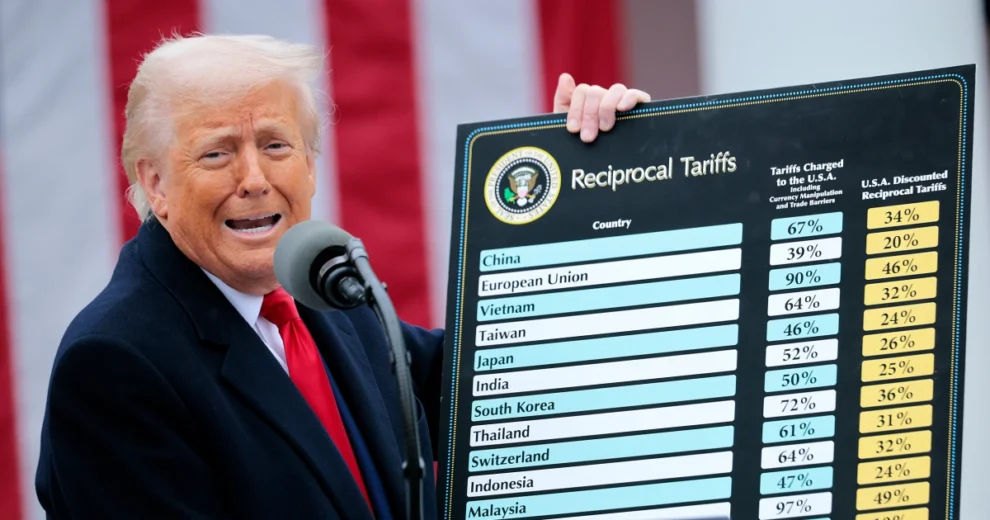President Donald Trump has been hammering down on his tariff policies in the second term of his presidency. Tariffs are essentially taxes on goods that come from countries and are imported to the United States. They are most often based on a percentage of the value of a certain product, making some tariffs higher than others. The most common tariff is a 10% tariff on goods, meaning an $11 charge for an item that is valued at $10, with the $1 difference resulting from the tariff.
In the United States, President Trump has begun to introduce new taxes on imported goods, which he believes will benefit U.S. production and help protect American jobs as well, which he cites as his primary argument for the measures. Under the Trump Administration, a 145% tariff was imposed on goods imported from China, which was met with a retaliatory 125% tariff from China on U.S. goods. President Trump’s main argument in his tariffs has remained consistent: they will encourage Americans to purchase American-made products, ultimately boosting the U.S. economy by keeping money domestically rather than sending it abroad, where it could benefit as the money would essentially stay in house, and would not be given to other countries, which could potentially benefit foreign economies which the President may see as a threat. One of his main goals stated by the BBC is that “he wants to reduce the gap between the foreign economies the President may view as a threat.” Essentially, President Trump not only wants to ensure that the United States not only recoups the money spent on foreign goods but also earns more by increasing exports of American-made products to other countries. With this, he is establishing these tariffs in an attempt to better protect the country from being taken advantage of by other countries who may have cheated the United States in the past by upcharging them for imported products.
President Trump’s direct tariffs that have been announced are on Mexico, Canada, and China as countries, but also on steel, aluminum, and cars. For Mexico and Canada, President Trump imposed a 25% tariff on items shipped to the United States, including cars, starting April 2nd. It is expected that a 25% charge will be implemented for the car parts as well by May 3rd. Steel and aluminum also were faced with a 25% charge for imports into the United States. However, it was not just these materials themselves that were taxed, rather it was also any items that contained these metals, and this policy had officially been initiated on March 12th, 2025. China, meanwhile, has been hit with the toughest tariffs so far. The charges have increased to 125% on Chinese-made items, when they originally started at 10% while first introduced in February. Tariffs on China are expected to rise to 145% for certain products, following an additional 20% charge introduced earlier due to China’s significant contribution to the production of fentanyl. However, China has thrown back a 125% charge on American-made goods, and has said that “it will not respond to any further US increases because they will become a ‘joke,’” according to the BBC. While there have been no tariffs announced on phones and computers yet, President Trump says that they should be expected in the near future.
The tariffs that have been implemented under the Trump Administration thus far have had the intention of benefitting the United States, according to President Trump’s beliefs, and he hopes to continue this pattern moving forward.






